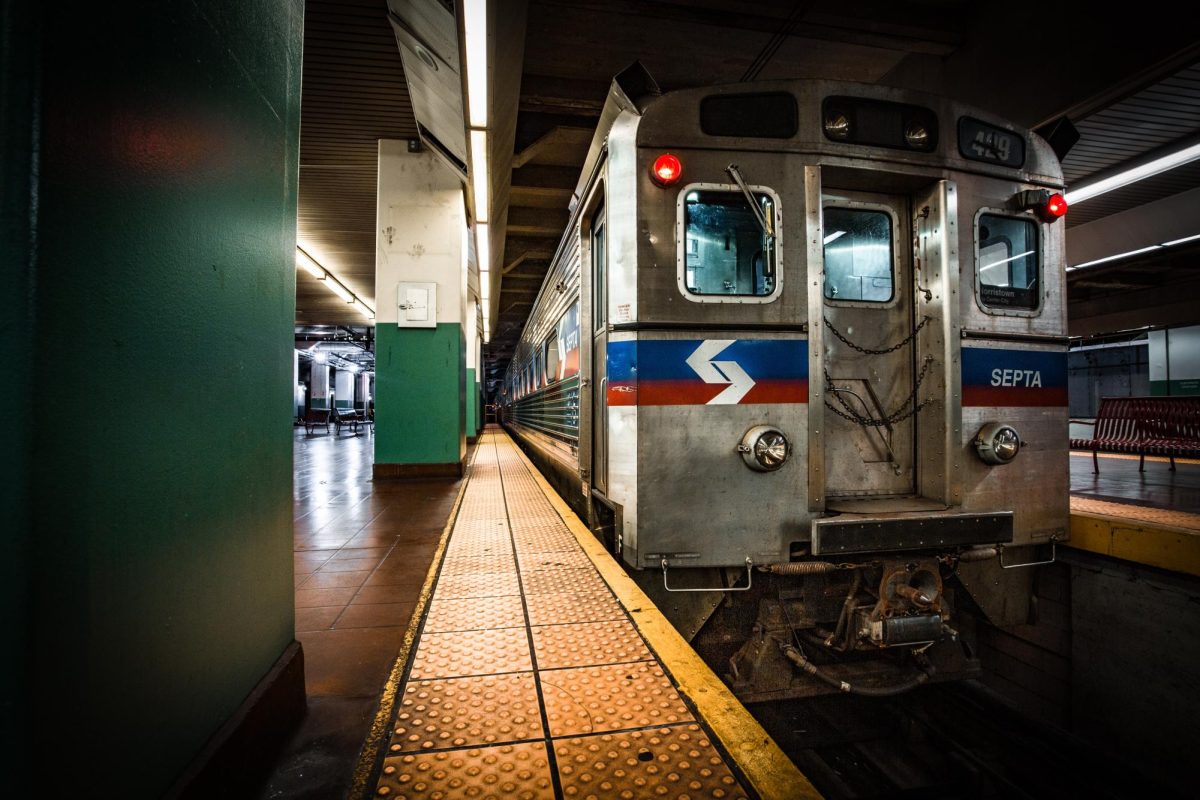A revamped bus network in Bucks County? It’s in the works.
A subway line in Bucks County? Possibly.
A better public transit system in Bucks County? Almost certain.
And it’s all thanks to a recent push by the Southeastern Pennsylvania Transportation Authority, commonly known as SEPTA. The nation’s fifth-largest Public Transit Authority is looking to modernize, streamline and make all of its systems in the Philadelphia area easier to use.
Some of the initiatives may seem small but will have a big impact.
One is the ability to use tap-to-pay, such as Apple Pay and Android Pay to pay for fares across the system. WHYY reports that SEPTA rolled out this feature last month to buses, metro lines and trolleys, and will eventually be rolled out to Regional Rail. This is part of a long-running initiative to update SEPTA’s fare system that saw the creation of the Key Card and elimination of tokens, something transit agencies in other parts of the US had done away with years ago.
SEPTA has also been aiming to make the entire system ADA-compliant. Many train stations, particularly along the Broad Street Subway Line, don’t have elevators or ramps for handicapped people to use. NBC-10 reports that SEPTA inked a $5.8 million contract in March to make three of these stations accessible.
At most Regional Rail stations, the platforms are too low for a wheelchair-bound person to enter the train. SEPTA has been fixing this by rebuilding many stations to have a high platform, which allows someone to enter a train without climbing steps. This includes the Levittown Station on the Trenton Line, which was rebuilt in 2019, according to Levittownnow.com. For other stations that aren’t old enough to be rebuilt but lack accessibility, SEPTA has opted to install ramps specifically for wheelchairs on the station’s platform, such as at Langhorne Station on the West Trenton Line.
In recent years, the agency has replaced all high-level buses with low-level ones that can lean to the side so people can get on with ease. In February, SEPTA paid $863 million for new trollies on both the inner city “streetcar” routes and the Media-Sharon Hill light rail routes. These will replace the existing 1980s-era cars that are very narrow and cannot fit wheelchairs.
The agency is also undertaking the arduous task of redesigning SEPTA’s wayfinding system. This includes installing new signs that better direct you throughout the stations and terminals, making SEPTA.com easier to use, and improving network-wide maps.
But the core of the project is a complete rebranding of the “inner city” routes. The agency wants to rebrand these lines as the “SEPTA Metro.” The rebrand would include a new naming scheme for the lines that would use a common letter to represent it.
For example, the Market Frankford El Line would become the “L” line, as many people simply call it “The El.” The Broad Street Line would become the “B” line, and the Media-Sharron Hill lines would be named the “D” lines as they are in Delaware County.
This isn’t SEPTA’s first time using a system like this. From 1984 to 2010, Regional Rail lines used R-# to represent the line, but this was discontinued due to widespread confusion on where the lines terminated.
Of the more costly projects, SEPTA is continuing to revamp the entire bus network that hasn’t had a major update since it began nearly half a century ago. A final proposal was recently introduced with minimal changes from the previous proposal. In Bucks County, many routes would be rerouted, eliminated or shortened, including Route 130 from Buck’s Newtown Campus, which would now end at Neshaminy Mall instead of the City Line Loop in Torresdale. If all goes according to plan, the new system will be in place some time next year.
In addition to replacing the Trolly cars, SEPTA is planning on replacing both the 50-year-old Silverliner IV cars on Regional Rail, and the only 25-year-old M4 cars on the Market-Frankford Line that were poorly designed. These cars will take years to build, being expensive and time-consuming.
But SEPTA’s projects and plans haven’t been without issues. In 2017, the agency ordered 45 double-decker cars from Chinese manufacturer CRRC as added capacity on Regional Rail. According to Philly VOICE, these trains were supposed to be delivered in late 2019, but have been delayed constantly due to the pandemic, and due to a new law mandating that public trains be made in the US. SEPTA last reported that these trains would be delivered in late 2023, but they have still yet to be seen.
The biggest blow to SEPTA came when the Federal Transit Administration denied funding for King Of Prussia Rail, which was to be a branch of the Norristown High-Speed Line. The line would have served commuters in the fastly growing office district in the King Of Prussia area, and the King Of Prussia Mall.
The FTA denied the funding in March due to projected ridership numbers being “sub-par”, averaging only 5,000 riders per day. Billypen.com says that there has been plenty of criticism against the rail line, particularly from transit advocates who said it would be a waste of money, and better spent on more accessible projects such as the Roosevelt Boulevard Subway.
The Roosevelt Boulevard Subway is a project that has been in the works for over 100 years, but was first canceled due to World War II, and canceled three times afterward due to budget constraints. The line would run along Roosevelt Boulevard as a branch of the Broad Street Line, branching at Erie Station. A study in 2003 showed the line would have daily ridership nearing 124,000, at the time the highest of any proposed rail line in the country.
The line could have a huge impact on Lower Bucks County, as plans have surfaced about the northern terminus ending around the Neshaminy Mall area in Bensalem Township. The mall is currently a hub for multiple bus routes in the area, including routes to Buck’s Newtown and Bristol campuses.
As recently as January, SEPTA CEO Leslie Richards told the Philadelphia Business Journal that the line was not feasible, “estimating that it would cost at least $3 billion, money that the regional transit authority doesn’t have.”
But on Oct. 11, SEPTA told NBC-10 Philadelphia that they were working with PennDOT to update the 2003 study on potential ridership numbers. The comments were made at a City Council hearing about the possible subway, where public comment extended over an hour long, with most speaking in support of the new line.
Another big question is, will riders notice these changes? SEPTA is still dealing with the effects of the COVID-19 pandemic, with ridership still down 46 percent from before the pandemic, and many feel the system has become too dangerous to use.
In 2022, NBC-10 highlighted the crime epidemic on the system by surveying about 2,500 SEPTA riders, and asking what the agency needs to improve. When asked, “How safe do you feel on SEPTA?” 25.1 percent said they felt “unsafe,” and 23.9 percent said they felt “very unsafe.”
One way SEPTA is trying to combat crime is by recently contacting ZeroEyes AI to implement a system that can detect if a person has a gun using artificial intelligence. The company’s software has been used by other communities locally, including Ocean City, NJ, which implemented the software last month on its boardwalk and schools, according to ABC News.
Regardless of whether or not the big ticket items like the Roosevelt Line or the redesigned bus system come to fruition, you can guarantee that your SEPTA ride will get better, even with the smaller changes.



